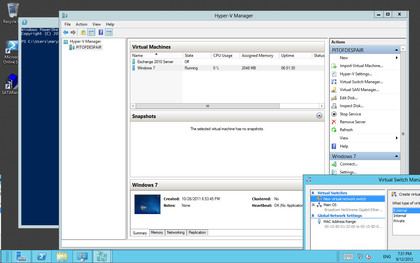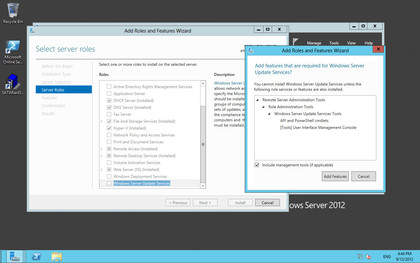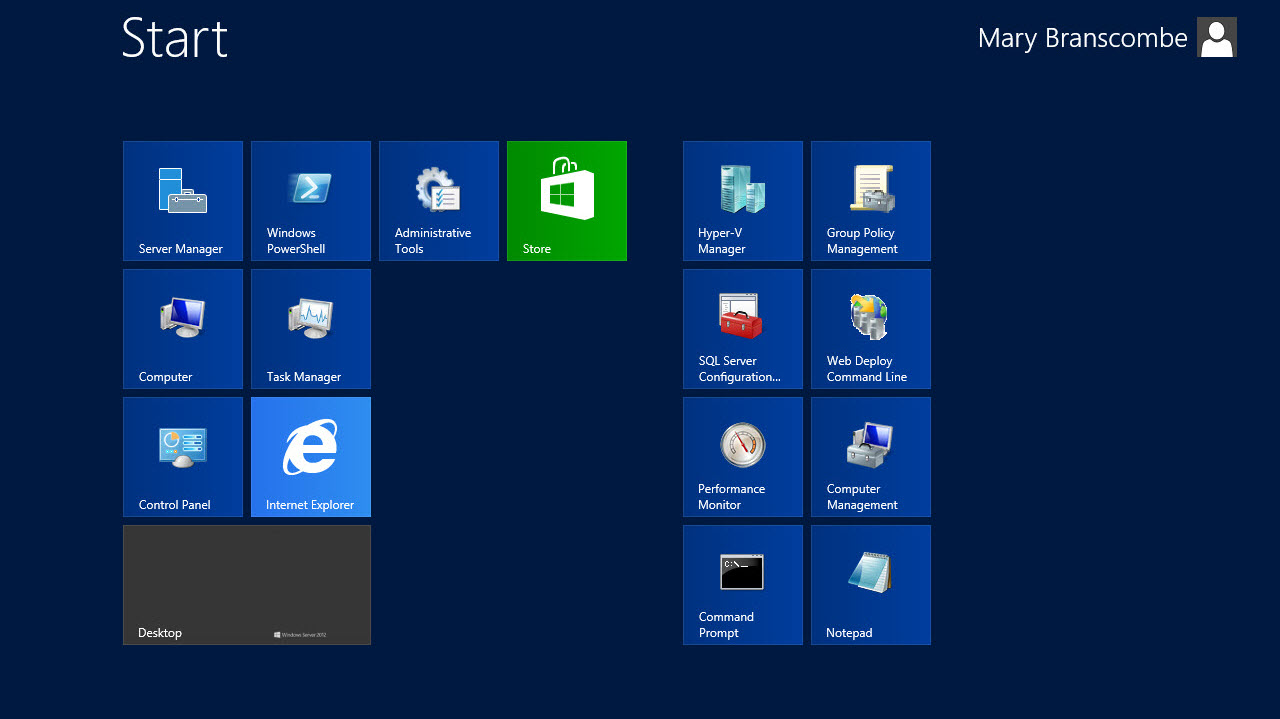Why you can trust TechRadar

Perhaps the single most important feature in Server 2012 is Hyper-V 3 – which you can get for free with Hyper-V Server, if you're comfortable with the most minimal approach. This is the version where Hyper-V catches up with VMware and improves on it in some areas (including performance).
Virtualisation is simple to set up, and Hyper-V 3 supports 64 virtual processors and 1TB of memory in each VM. It also lets you virtualise more than ever before; not just compute and storage but even network switches; instead of buying a pricey Cisco router, how about getting the software to get the equivalent functionality running on a server you already have?
Predictive hardware error reporting (like warnings about memory errors that could indicate failing RAM) now works in Hyper-V, so it can proactively turn off problematic memory used by the VM. But if anything does go wrong – or you need to schedule maintenance – the 'shared nothing' live migration can move any VM and storage, together or separately, without shutting anything down.
Hyper-V works better with NAS devices, supporting SMB2, but if you have a storage array that supports ODX offload, then moving files and VMs around is stunningly fast because the data doesn't actually move; Hyper-V tells the storage array to move it but the ODX support means it just moves the pointers. That's not just faster but it doesn't use up all your network bandwidth either.
New Storage Spaces
The new Storage Spaces are another significant feature and the perfect match for Hyper-V. Thirty per cent of Windows Home Server sales have been to small businesses because it's a great, simple backup system that doesn't need the matched disks and long array rebuilds of traditional RAID arrays in NAS boxes.

Storage Spaces is the business-grade equivalent, built on the new Resilient File System (ReFS) which reduces the risk of data loss anyway; you aggregate any number of disks of any size into a storage pool and you can keep adding more drives without reconfiguring the Storage Space. You can use parity or mirroring and you can thin provision storage, so you can allocate all the storage you plan to buy, but start with what you can afford today.
Storage Spaces has limitations; you can't store more than the disks you already have can hold, and when you run out of space on a pool with parity enabled Windows Server 2012 takes it offline so you can add more drives. This makes perfect sense but has confused a number of testers, so you'll need to make sure you understand the implications of thin provisioning.
Sign up to the TechRadar Pro newsletter to get all the top news, opinion, features and guidance your business needs to succeed!
BYOD isn't going away, but if you think of it mainly as a trend that breaks the security of your firewall, you'll like the new Dynamic Access Control. This doesn't have the simplest or clearest interface but there are plenty of third-party tools arriving to help you automatically mark data for protection based on what's in it (phrases like 'company confidential') and the role of the people who should be able to see that kind of content (director and above or anyone in the legal team, say).
Dynamic Access Control works with any Information Rights Management settings you already have, so you could allow users to view but not edit, print or copy protected files. That's much more manageable that trying to create an access control group and keep it up to date or pretending that files you put behind the firewall will just stay there rather than getting copies onto USB sticks and cloud services. And blocked users get a message that tells them who to contact to get access rather than just an error message.

Current page: Virtualising everything
Prev Page Introduction Next Page Remote access, remote managementMary (Twitter, Google+, website) started her career at Future Publishing, saw the AOL meltdown first hand the first time around when she ran the AOL UK computing channel, and she's been a freelance tech writer for over a decade. She's used every version of Windows and Office released, and every smartphone too, but she's still looking for the perfect tablet. Yes, she really does have USB earrings.
